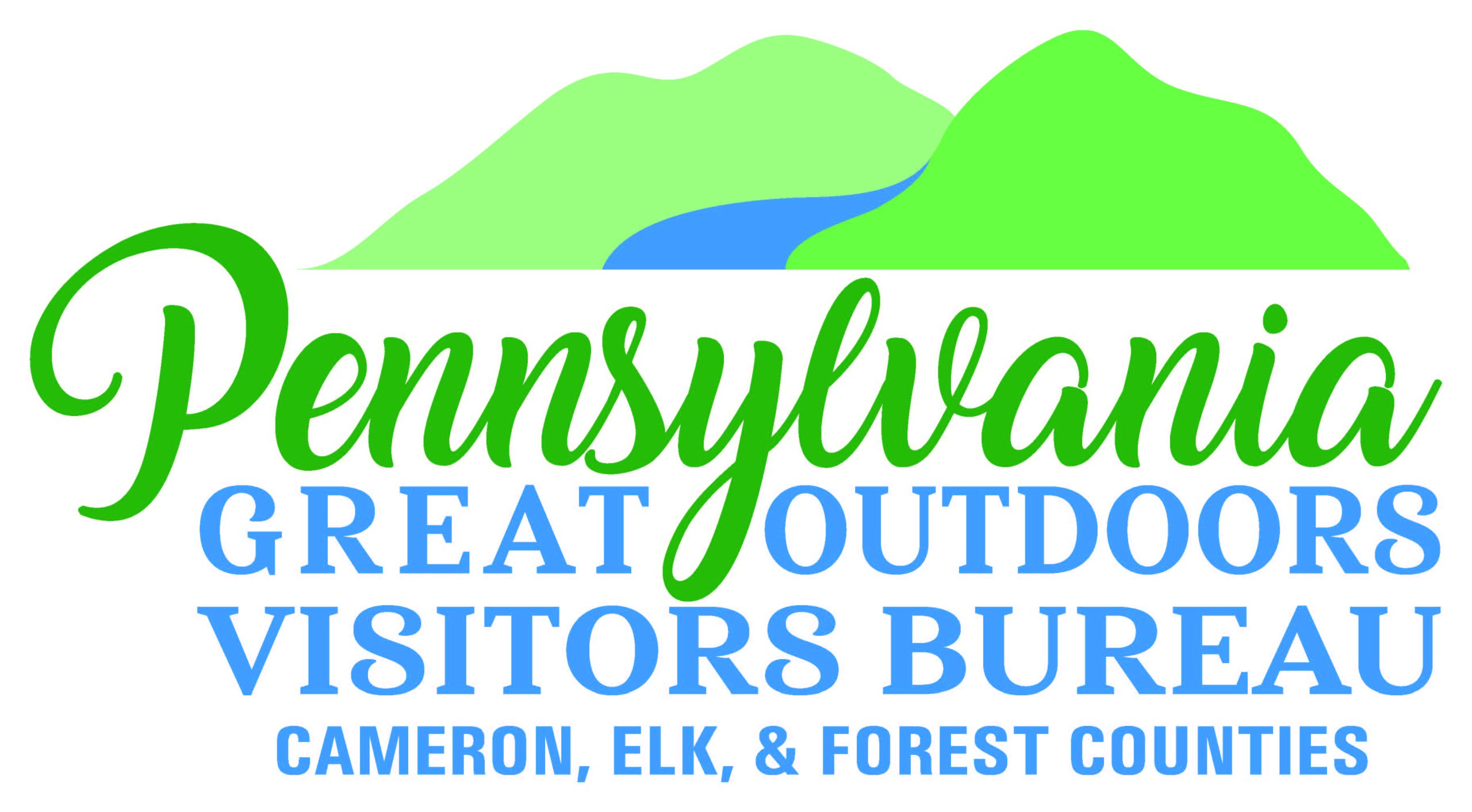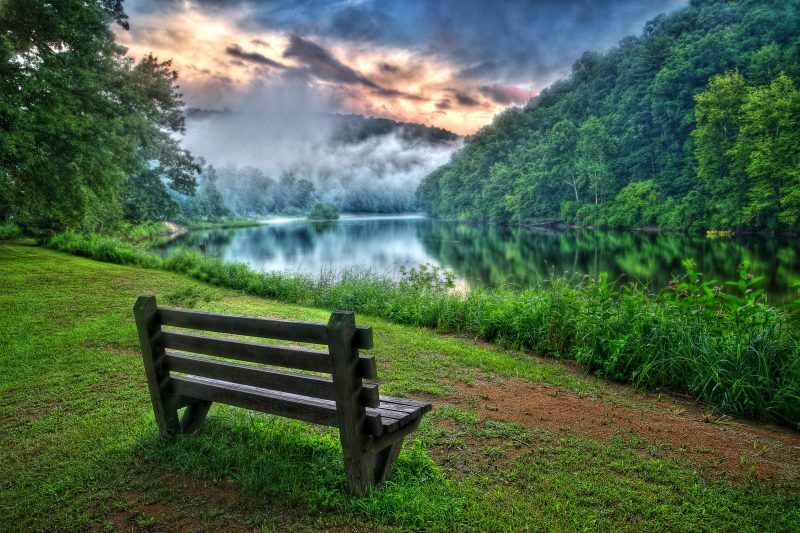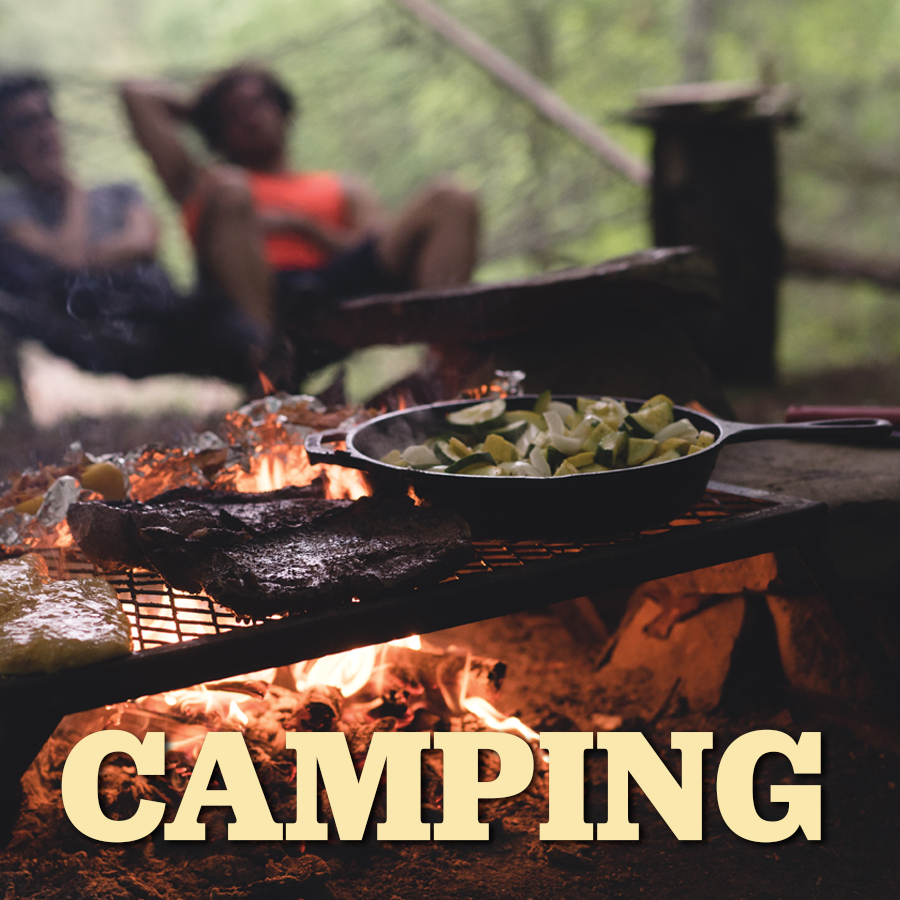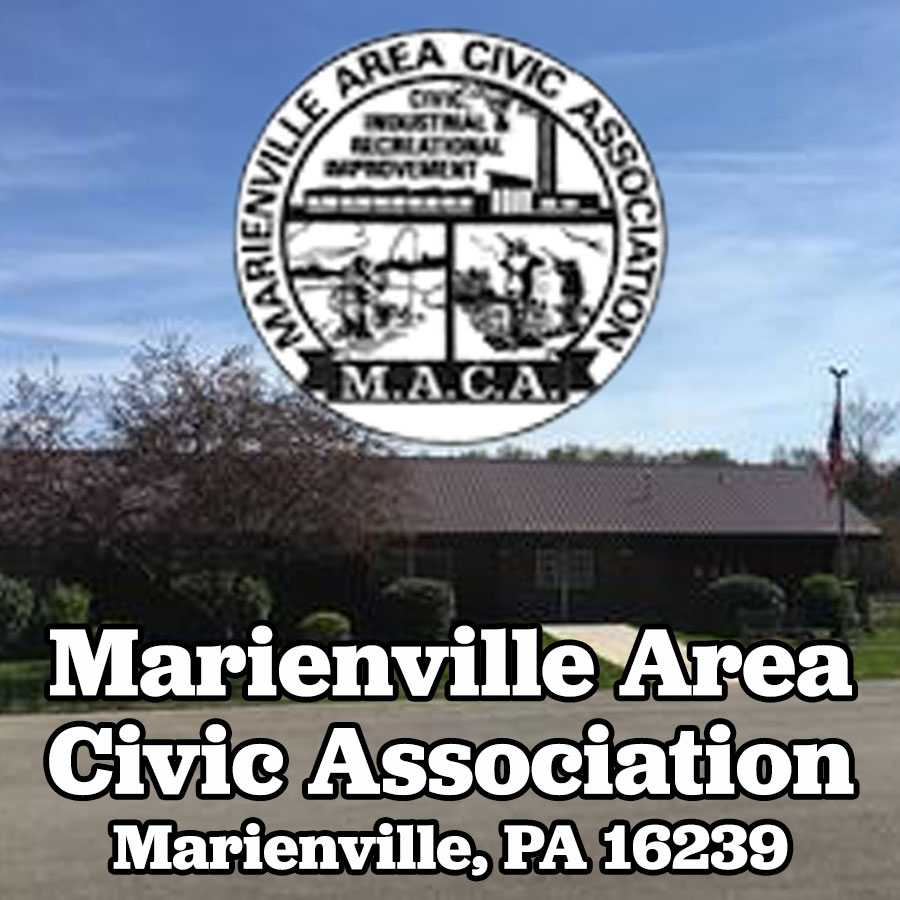(Above photo of the Clarion River by Kyle Yates)
Regardless of where you travel in the great state of Pennsylvania, you’re never too far away from a beautiful and majestic forest landscape. When the original piece of land was granted to William Penn in 1681, it was given the name Pennsylvania by King Charles II, which translates to “Penn’s Forested Land”. Much of that forested land has been cleared away in the name of progress and development, but there’s still boundless opportunity to experience nature in its original state thanks to Pennsylvania’s extensive system of state parks. One of the most expansive and enchanting Pennsylvania state parks can be found right here in the PA Great Outdoors region. Stretching throughout Clarion, Jefferson, and Forest Counties is the one-and-only Cook Forest State Park.

(French Indian War Encampment photo by Jeff London)
First, a little history. The area now known as Cook Forest State Park was first used by the Seneca Nation as a hunting ground. After the French & Indian war, the British bought the land off of the Native Americans. Years later, Cook Forest received its first American settler, John Cook.
Cook arrived in 1826 to determine the feasibility of building an east to west canal along the Clarion River. He took a liking to the land – either for its natural beauty or potential resources – and purchased 765 acres. Two years later he settled in Cook Forest with his wife and ten children.
In addition to his home, Cook built a sawmill and developed a profitable timber business. Today, the location of this sawmill is home to the Cook Forest Sawmill Center for the Arts, which provides craft markets, festivals, a variety of classes, and live theater for a large number of visitors and locals alike. This is also the location for the annual French and Indian War Encampment, where local historians and volunteers put on a thrilling reenactment of the battle that took place there nearly 300 years prior.
John’s son, Andrew Cook, inherited the land from his father in 1858 and expanded upon the family business. Andrew transformed the land from a family home into a thriving and profitable community whose main export was timber.
The timber business that John and Andrew started continued to expand throughout they years, and in the hopes of maintaining a portion of Cook Forest’s natural beauty the Cook Forest Association was formed in 1920. The Association’s mission was successful, and in 1927 the Commonwealth of Pennsylvania was able to purchase 6,055 acres from the Cook Family, making Cook Forest the first PA State Park acquired to preserve a natural landmark.
Today, Cook Forest State Park is one of the most visited state park in Pennsylvania, and was also chosen as one of the “25 Must-See Pennsylvania State Parks” by the Pennsylvania Department of Conservation and Natural Resources (DCNR). Men’s Journal named it “Best Old-Growth Forest” in 2016. One visit to this stunning landscape is all you need to understand why.
Also known as “The Land of Giants”, Cook Forest is home to some of the tallest tree species in the Northeastern United States, including some virgin white pine trees that are over 300 years old and over 200 feet high. The Forest Cathedral Natural Area is your best bet for jaw-dropping, neck-craning views of hemlock and white pine. Despite the fact that this area was hit by a terrible storm in 1956 and a tornado in 1976, much of the old growth timber from the era of William Penn himself remains standing. It’s also where you’ll find the plaque from the National Park Service that designates Cook Forest as a National Natural Landmark. To reach the Forest Cathedral simply head up the Longfellow Trail from the Log Cabin Inn Visitor Center.
There are a network of trails running within and throughout Cook Forest State Park, (52 miles of trails to be exact) which allow easy access to most areas, including the Baker Trail and the North Country National Scenic Trail. The Baker Trail is 140 miles long, running from Freeport, in Armstrong County, all the way to the Allegheny National Forest. The North Country Trail is still under development, but will someday connect the Missouri River in North Dakota with the Adirondack Mountains in New York.

(Canoeing the Clarion photo by Alison Brownlee)
Cook Forest State Park borders the Clarion River, a nationally designated Wild & Scenic River. The shimmering waters of the Clarion River don’t just add to the aesthetic value of Cook Forest, but to its recreational value as well. The Clarion River provides visitors with abundant opportunities for fishing, swimming, kayaking, or canoeing, and there’s no shortage of local businesses that are more than happy to provide you with whatever equipment you need.
In addition to the Clarion River, there is a stocked pond that was constructed specifically so that children under 12 and those with special needs could enjoy a day of fishing. Tom’s Run is a 2.5-mile expanse of water that is also stocked with trout each summer.
Just because it’s cold outside doesn’t mean you can’t enjoy the scenic beauty of this state park. Cook Forest is open year-round. In fact, many visitors come specifically during the winter months to enjoy the picturesque views provided by a fresh blanket of snow. There’s also a lighted ice-skating pond, 10-acres worth of hills perfect for sledding, and nothing will get your heart pumping like some cross-country skiing. There’s even a ski-rental shop located near the entrance to the Ridge Campground.
It’s rare in today’s day-and-age to witness something truly awe-inspiring, especially when anything you could want to see is only a click away. However, there’s nothing quite like experiencing the sights, sounds, and smells that come with a journey into Cook Forest. Picture yourself hiking through the forest on a bed of fallen pine needles. The sunlight pierces through the canopy of ancient trees above you in intermittent rays. Everything around you is quiet and still, save for the distant churning waters of the Clarion River and the occasional chirp from a blue jay or the tap-tap-tapping of a nearby woodpecker. You take a deep breath to fill your lungs with the clean, wilderness air and the fragrant scent of hemlock and mountain laurel fills your nostrils. A trip to Cook Forest is a vacation for your senses, and it’s an experience that you and your family will never forget.
Find more information to plan your trip to Cook Forest online at VisitPAGO.com or call (814) 849-5197.

















